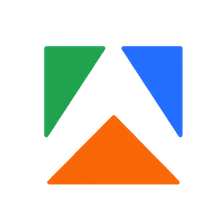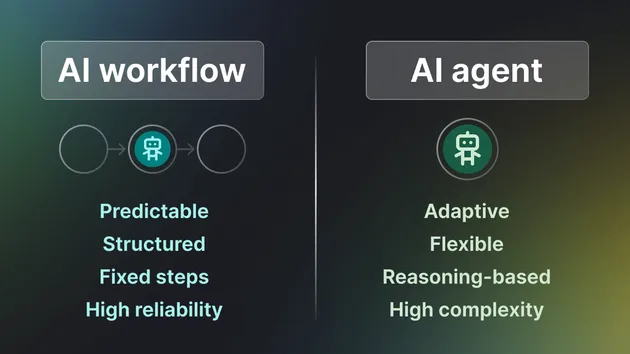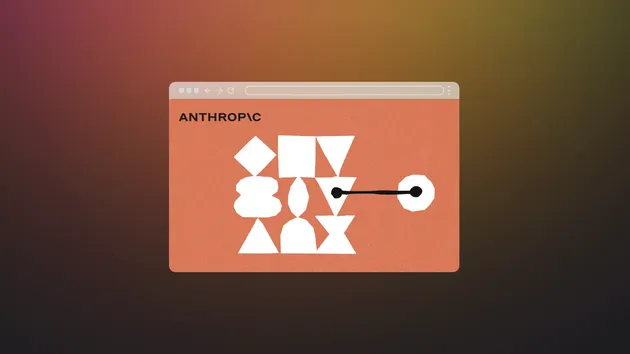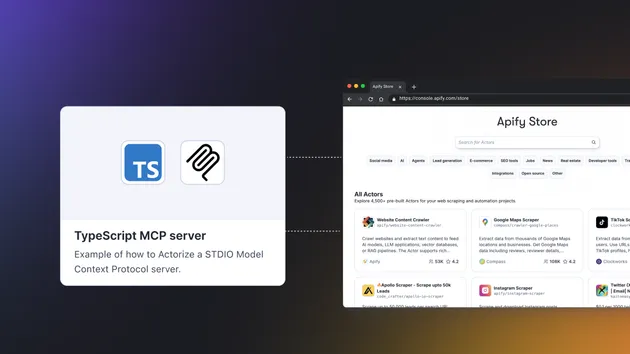Natural Language Dataset Query
Pricing
Pay per usage
Natural Language Dataset Query
Use natural language queries to retrieve results from an Apify dataset. This Actor provides a query engine that loads a dataset, executes SQL queries, and synthesizes results. It works as an MCP (Model Context Protocol) server or REST API in Actor standby mode.
Pricing
Pay per usage
Rating
0.0
(0)
Developer

Apify
Actor stats
0
Bookmarked
3
Total users
2
Monthly active users
5 months ago
Last modified
Categories
Share




